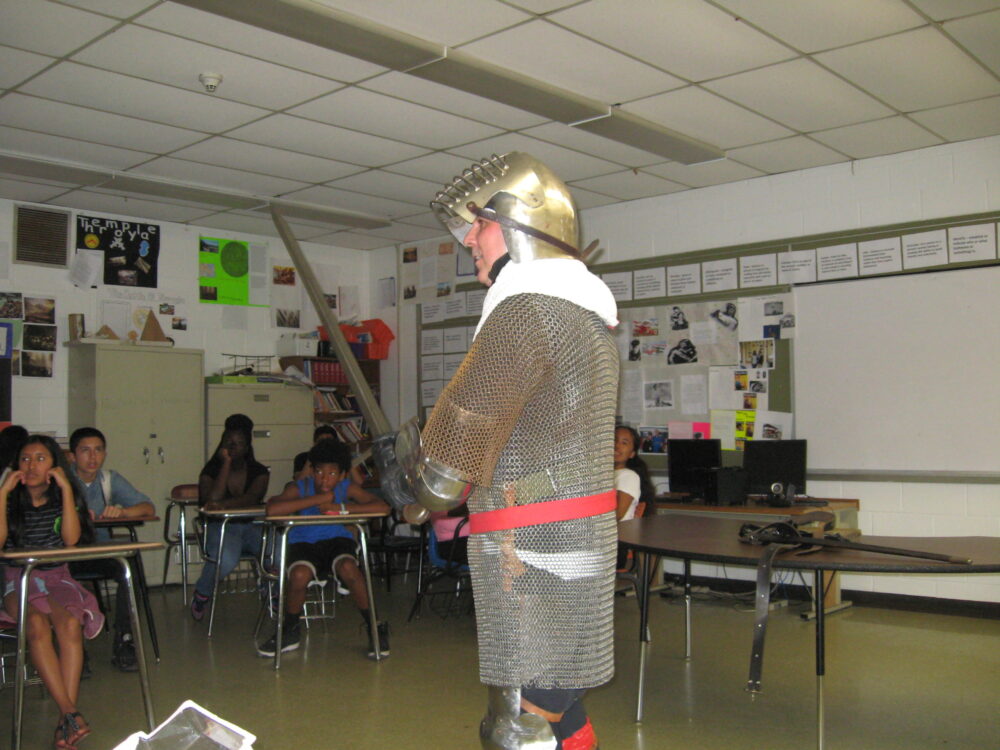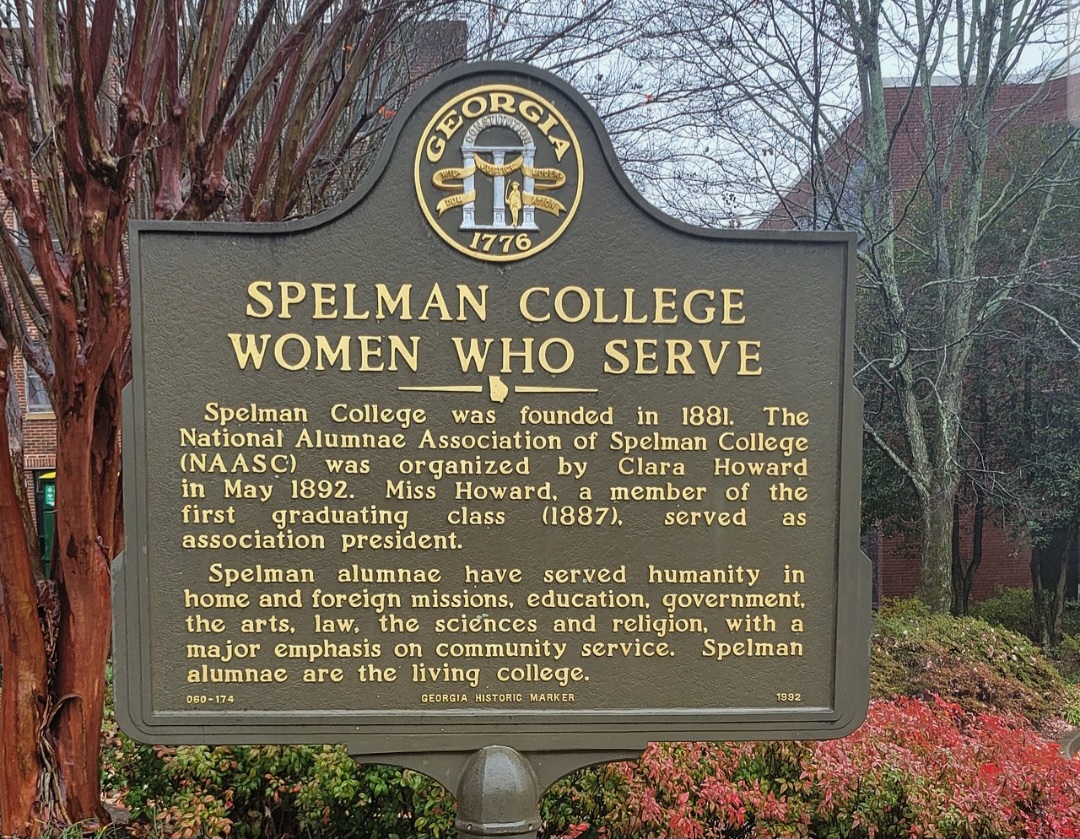Education
Ghana Sessions: French and Indian War, American Revolution, Wonder Woman and more
Recently during the last four Ghana Sessions, the Dream Academy did multiple presentations for the students in Ghana along with Mr. Wronko.

Recently, during the last four Ghana Sessions, the Dream Academy did multiple presentations for the students in Ghana along with Mr. Wronko.
French and Indian War
To begin with, the Dream Academy created their own plays based on the French and Indian War. Their plays dealt with the battles, important people and places, and also using fiction to enhance their play. For instance, one group did time traveling vampires who went back to the time of the French and Indian War to cause problems.
In the past Mr. Wronko wrote a paper about the French and Indian War. For the first time on Unheard Voices Magazine, Mr. Wronko would like to share this paper with you:
As history shows, France and England were involved in many conflicts with each other. For instance, France opposed England in the Hundred Years’ War, Second Hundred Years’ War, War of the Grand Alliance, War of the Spanish Succession, and the War of the Austrian Succession. Eventually their rivalry continued in North America with the French and Indian War, also known as the Seven Years’ War. In The War that Made America: A Short History of the French and Indian War, historian Fred Anderson shows that the French and Indian War was not only a conflict between France and England but in fact the first world war. This war was fought in North America from “the Carolinas to Nova Scotia, then spread to Europe, Canada, the Caribbean, West Africa, India, and finally, the Philippines.” While explaining this global conflict, Anderson presents multiple themes. These themes include how the French and Indian War set the stage for the American Revolution, led to the downfall of Native Americans, created struggles for Britain to endure, created opportunities for individuals to achieve power and glory, and led to ethnic cleansing.
First, one of the many themes that can be seen in Anderson’s work is how the French and Indian War set the stage for the American Revolution. Anderson writes that during the French and Indian War, the British initially tried to mobilize the North American colonists for war but found this task to be difficult since the North American colonists refused to work together. To try to end this problem, King George II, British monarch, informed the colonial governments to have their representatives meet at the Albany Congress to create defensive plans for French attacks. During this meeting, Pennsylvania’s spokesperson, Benjamin Franklin, submitted a plan that called for “a crown-appointed ‘President General’ and an elected legislature with the power to levy taxes for defense.” No sooner had the congress ended that this plan along with the idea of being united was discarded. As a result, the British government sent Major General Edward Braddock to take charge of the colonial governments and to force the colonists to unify against the French opposition. Anderson notes that because of the British determination to promote unification, the colonists learned how to work together. As a result, such unification made the colonists a force to be reckoned with and, thus, set the stage for the American Revolution. When the colonists defeated the British during the American Revolution, the British did not realize that their defeat was due, in part, to the fact that they showed the colonists how to work together in a united front.
In addition to unification of the colonists, Anderson writes that the stage was also set for the American Revolution by the imposition of taxes. For example, the Stamp Act, which was passed by Parliament, was imposed on the colonists to help pay for the British debt that accumulated because of the French and Indian War. The Stamp Act required that every “legal, commercial, and public document (deeds, wills, shipping manifests, newspapers, diplomas, and other items)” carry a tax stamp. Because of the Stamp Act, the colonists feared that Parliament would be inspired to enforce more direct taxes on the colonies. In addition to the Stamp Act, Anderson notes that the colonists had to endure Parliament’s passing of the Tea Act. The Tea Act was passed “to bail out the British East India Company, which had sustained such expenses as a result of the Seven Years’ War that by 1773 it was in immediate danger of going bankrupt.” This act required colonists to pay a tax on tea. Because of these taxes, Anderson shows that the colonists were willing to have an all out war with the British.
The next theme that can be seen in Anderson’s book is the downfall of the Native Americans. Anderson notes that the downfall of the Native Americans began when the Iroquois also known as the Six Nations, sold land that belonged to the Pennsylvania Indians, Delawares and Shawnees, to the Penn family. Once the Penn family owned this land, they sold it to white settlers. Because they sold “land out from under the Delawares and other peoples,” the Iroquois created a rift amongst Native Americans. The Iroquois’ desire to rule other tribes further deepened the divide. They believed that the “Delawares, Shawnees, and other Indians of Pennsylvania” would “accept subordination without resistance or complaint.” However, the Iroquois found that their interpretation was incorrect because Pennsylvania tribes left for the west. The Iroquois, along with the British and American colonies found that other Native Americans would not accept subordination and allied themselves with the French.
Another contributing factor to the downfall of Native Americans was their inhuman raids on the land of white settlers. Native Americans raided farms in which they killed the men, women, and children. There were some instances in which the survivors of these raids were held captive, including children. In many instances, these children were molded into Indians. To avenge the families, settlers offered bounties for Native Americans dead or alive. Because of these raids, Anderson shows that the hatred for Native Americans was “a common cultural coin among whites, both on and off the frontier.” As a result, Native Americans were given the permanent stereotype of being savages, which contributed to their downfall in America as they became targets to being hunted and killed for their land.
In addition to the coming of the American Revolution and the downfall of the Native Americans, Anderson also examines Britain’s struggles to endure the problems of war. The British suffered losses over the course of the French and Indian War. For example, when Major General Braddock was marching with his men towards Fort Duquesne, they were caught off guard by the French and Indians. Anderson writes that after three hours of fighting “more than two-thirds of the 1,450 men and women in the British column had been killed or wounded.” Braddock himself had suffered a fatal wound. Once this battle was over, the British morale was low. For instance, even though Colonel Dunbar united his men along with the survivors of Braddock’s unit, a discouraged Dunbar did not restart the Duquesne campaign. In addition, other loses that the British had to endure were the French take over of Fort William Henry and the Massacre of Fort William Henry. During that battle, British Colonel Monroe lost the fort to French General Montcalm. In addition, during the Massacre of Fort William Henry. French-Indian allies massacred up to “185” British soldiers. Anderson shows that the British endured these problems by enlisting better generals, improving training of soldiers, and paying more colonial troops to fight.
Anderson also addresses how various individuals had their own agendas during the war. For instance, William Shirley, Massachusetts governor, knew war would bring money, create positions in the military, and enable him to “supply contracts to reward his supporters.” He “masterminded the 1745 New England attack on Louisbourg” during King George’s War and used this accomplishment to establish his “political machine.” When he was “commissioned as a regular-army major general and Braddock’s second-in-command” and given liberty to lead a campaign in opposition to Fort Niagara, Shirley enjoyed the political and financial rewards that came with this position. Another individual who is examined is James Wolfe, British Lieutenant. Lt. Wolfe served in the French and Indian War despite having kidney stones. Despite his health problems, Wolfe led his men into battle for Quebec against the French. This battle for Quebec was also known as the Battle of the Plains of Abraham. Even though Wolfe was fatally wounded during this battle, he achieved his own personal glory by refusing to surrender.
Finally, Anderson in his work presents the theme of ethnic cleansing. For example, after the British suffered numerous defeats, they feared that the large population of Acadians in Nova Scotia would be a threat because they had a large population and were allies to the Mi’kmaq Indians, a Native American group who hated the British. Therefore, the British governors tried to force the Acadians to take loyalty oaths. On numerous occasions the Acadians refused. Once the Acadians refused to take an “unconditional oath,” Major General John Winslow and Colonel Robert Monckton’s men invaded the communities of the Acadians, “rounding up as many of them as they could catch, herding them on board ships, and deporting them to mainland colonies from Massachusetts to Georgia.” To prevent an Acadian return, their farmsteads and livestock were destroyed by Anglo-Americans. Anderson shows that the misfortune of the Acadians represents the theme of ethnic cleansing.
Paper ends.
American Revolution
Besides the French and Indian War, the Dream Academy presented multiple projects to the students in Ghana based on the American Revolution.
For instance, they presented a debate based on “taxation without representation.” They also presented diaries that dealt with them pretending to be a soldier in the Continental Army.
Alexander the Great and Ancient History
Furthermore, Mr. Wronko gave the students two separate power point presentations on Alexander the Great and Ancient History.
Some of the terminology that was used from both presentations were Alexander Magnus, Darius III, Philip II, Olympias, Battle of Granicus River, Battle of Issues, the Seven Wonders of the Ancient World, Classical Greece, Battle of Cannae, Aristotle, Macedonian Phalanx, and the Nike of Samothrace.
During the Alexander the Great’s presentation, Mr. Wronko compared Alexander the Great’s feud with Darius to Darth Vader hating Obi Wan Kenobi. Furthermore, the battle of Marathon was also presented along with numerous topics.
https://www.youtube.com/watch?v=P6LBWfbfsZQ
https://www.youtube.com/watch?v=CQNCGqfjaBc
https://www.youtube.com/watch?v=8kQwMbJpBTs
https://www.youtube.com/watch?v=9CD6z9y1RPk
Movies
In the recent four afternoon sessions, movies such as Wonder Woman, Transformers, Justice League, Avengers, and the Last Jedi were discussed.
Dream Academy students:
Juna Weedon
Alejandra Garcia Chavez
Hasley Clemente
Jimya Davis-Sloan
Vah’Kyla Esdaile
Enjonae Griffin
Guadalupe Hernandez-Nava
Abira Hodge
Amaya Hodge
Tiviana Kenney
Javon King
Kayla Lewis
Ariana Linares
Joseph Lopez-Barrios
Andrew Martinez
Tysion Murchison
Hailey Perez
Principal Supervisor of this event: Mr. Gerbino
Vice Principal: Zakiya Del Orbe
Culture
‘A Different World’ cast set to reunite for 10-City HBCU tour
The tour will kick off Feb. 29 in Atlanta, Georgia, followed by stops in Washington DC, Montgomery, Alabama and more.

In celebration of the sitcom’s 35+ year legacy, the cast of ‘A Different World’ will reunite for a national 10-city tour across HBCUs, reports PEOPLE.
A Different World HBCU tour
Darryl M. Bell (Ronald ‘Ron’ Johnson), Charnele Brown (Kimberly ‘Kim’ Reese), Jasmine Guy (Whitley Marion Gilbert Wayne), Kadeem Hardison (Dwayne Cleophus Wayne), Dawnn Lewis (Jaleesa Vinson Taylor), Cree Summer (Winifred ‘Freddie’ Brooks), Glynn Turman (Col. Bradford ‘Brad’ Taylor) and Sinbad (Walter Oakes) will participate on the tour.
The tour will feature panels and other events and will also be joined by producers Debbie Allen and Susan Fales.
Dates
The HBCU tour will kick off Feb. 29 in Georgia at Atlanta University Center, which include Spelman College, Clark Atlanta University, and Morehouse College.
Other locations include Washington, D.C. (hosted by Howard University) and Montgomery, Ala. (hosted by Alabama State University and Tuskegee University). Both will be in April but no date has been released yet.
More dates will be announced soon.
Education
Spelman College receives $100 million donation, the highest in the college’s history
Spelman College has received its largest donation of $100 million from businesswoman and philanthropist Ronda Stryker and her husband, William Johnston, the chairman of Greenleaf Trust.

Spelman College has received its largest donation of $100 million from businesswoman and philanthropist Ronda Stryker and her husband, William Johnston, the chairman of Greenleaf Trust.
$100 million donation for Spelman is a blessing
The $100 million comes as the nation’s oldest historically Black college for women celebrates 100 years since its official name change from Spelman Baptist Seminary in Sept. 1924.
The college says the gift will help retain the best and brightest students by eliminating financial barriers during the admission process.
“We are invigorated and inspired by this incredible act of generosity,” said Dr. Helene Gayle, president of Spelman College during an interview on CBS Mornings.
“This gift is a critical step in our school’s mission to eliminate financial barriers to starting and finishing a Spelman education. We can’t thank Ronda Stryker enough for her selflessness and support as both a trustee and friend. There’s no doubt that Spelman College is better because of her.”
Spelman is Top ranked
Spelman College has been ranked as the #1 Historically Black College and / or University by U.S. News for 17 consecutive years.
The college has a variety of degree/major offerings but they produce the most graduates who pursue a PhD in science, technology, engineering or math, according to The National Science Foundation.
About Ronda Stryker
Ronda Stryker is an American billionaire heiress and granddaughter of Homer Stryker, an orthopedic surgeon and founder of Stryker Corporation.
Education
Maryland principal accused of making racist and antisemitic comments
A Maryland principal is in hot water over an audio recording that has been making rounds on social media containing racist and antisemitic comments.

A Maryland principal is in hot water over an audio recording that has been making rounds on social media containing racist and antisemitic comments.
Maryland principal allegedly makes racist comments
In it, a person purported to be Pikesville’s High School principal, can be heard making disparaging comments about the test scores of African American students.
The person on the recording then makes an offensive comment about an African American staff member at the school and members of the Pikesville Jewish community.
Is the audio real?
There is an investigation into the validity of the recording. Some officials believe the audio is A.I. constructed. Baltimore County schools said they are taking the matter seriously.
Statement from school district
Baltimore County Executive Johnny Olszewski issued a statement in response.
“Hate, discrimination, and prejudice have no place in our community — especially in our schools. The statements being circulated are abhorrent, and my administration is providing our full support to BCPS as they conduct as they conduct a thorough investigation. Following the conclusion of this investigation, I know swift action will be taken to hold those involved accountable.”
-

 Entertainment8 years ago
Entertainment8 years agoBad Boy Reunion Concert :: Major Let Down! (Opinion)
-

 News3 years ago
News3 years agoUncle of Darnella Frazier, Teen Who Filmed George Floyd’s murder, Killed in Minneapolis Police Car Crash
-

 Social Justice10 years ago
Social Justice10 years ago11 Facts About The Michael Brown Case
-

 Black Excellence6 months ago
Black Excellence6 months agoUnheard Voices Editor-in-Chief receives prestigious Women of Color STEM Award
-

 Health & Wellness4 years ago
Health & Wellness4 years agoMeet 105-year-old runner Ida Keeling
-

 Interviews5 years ago
Interviews5 years agoAll eyes on Rick Fouche
-

 New Jersey14 years ago
New Jersey14 years agoBad Police Behavior: Who is looking through your garbage?
-

 Entrepreneur Spotlight14 years ago
Entrepreneur Spotlight14 years agoAuthor Larry Wilson Jr : The voice of a new African American writer































